Editor Modes¶
Modes alter the fundamental function of the Level Editor to suit specific tasks, such as manipulating assets, shaping terrain, generating vegetation, constructing geometric shapes and volumes, or painting on meshes. Within each mode panel, you’ll find a set of tools customized to suit the chosen editing mode.

All editor modes -but Iliad- are provided by Unreal Engine.
Select Editing¶
Shift + 1
Activate Select mode to select Actors in your scene.
Much like the Content Browser, Select Mode is exclusively dedicated to Actors, which are assets directly positionable in your level. When enabled, Select Mode grants immediate access to all objects placed within your Level.
Iliad¶
Shift + 2
Iliad is the module that manages 2d painting and drawing. When selecting this option, you enable the drawing mode.
Note
This mode will work only if the following conditions are met:
The Texture is not a Virtual Texture
The Actor is a Static Mesh (it will not work with Foliages, Skeletal Meshes, Decals or Post-process volumes)
In the Material, the Texture is not tiled
If the rest of the Iliad mode is similar to what you can find in a 2d context (see this lesson), you will also notice there is an additional panel with more details:
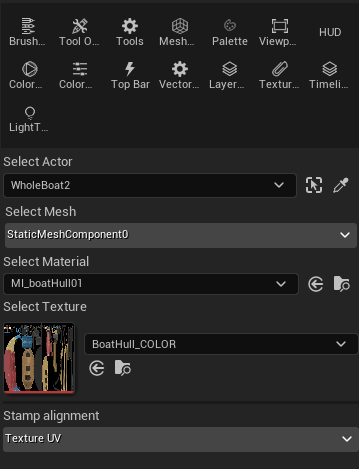
Note
By default, this panel is often hidden by other windows. To show it entirely and display all the features, you must increase the size of this panel.
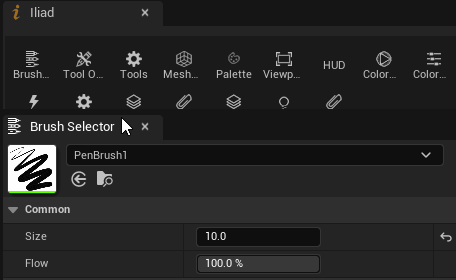
The first part of this panel will allow you to display the panels found in 2D editors, such as Tool Options or Layer Stack.
Note
To reset the panels position of the Editor Iliad, you can either reset the Layout of the whole interface, or go to
C:\Users\{User}\AppData\Local\Odyssey\Editor\Iliad and erase the .ini file corresponding to the name of your project.
The second part allows you to select different elements:
the Actor (which can be selected with the picker)
the Mesh component from this Actor
the Material among a list of Materials used by this Actor
the Texture available within the choense Material
You can also select the Stamp alignment on the 3d object:
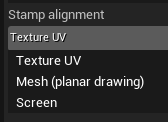
Texture UV: depends on the UV of the Texture. It is fast and efficient, but it’s depending on the UV, so if the UV has an unsual configuration, you may experience bad results.
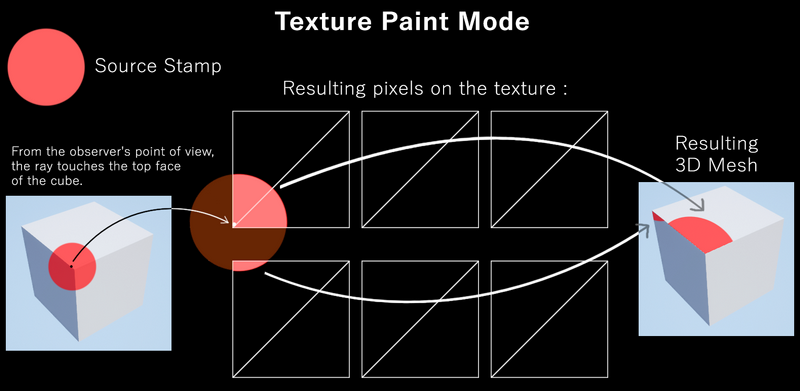
Mesh (planar drawing): depends on the geometry of the object.
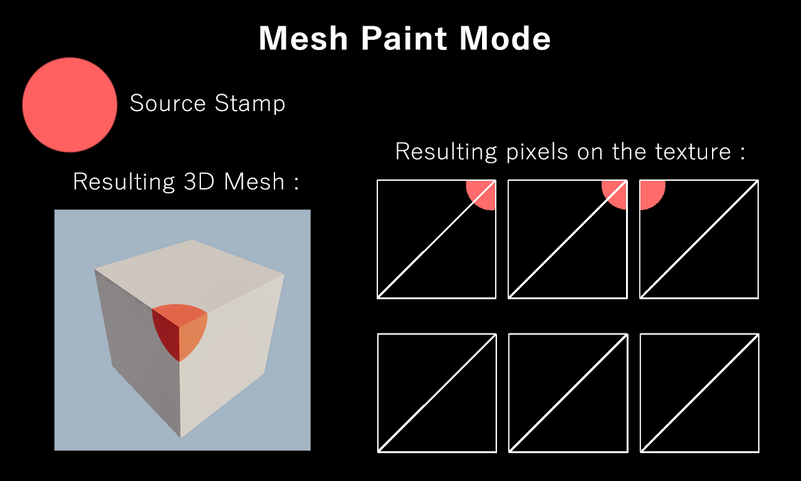
Screen: depends on the user’s point of view.
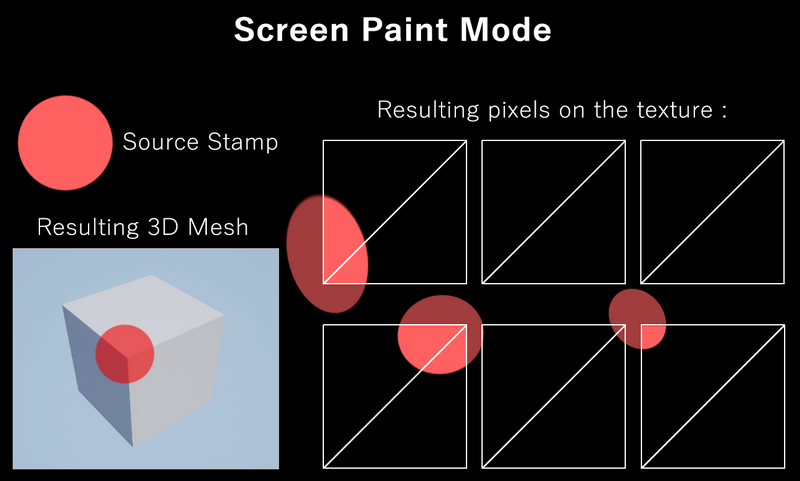
Warning
Mesh and Screen mode are very slow at the moment. They are being improved in order to be much more reactive in the near future. Please use them with precaution at the moment.
Landscape Editing¶
Shift + 3
Activate Landscape mode to create and edit Landscape terrains.
You have several options for creating your Landscape:
1.Generate a new Landscape heightmap from the ground up using the in-engine Landscape tools.
2.Import a pre-existing Landscape heightmap made either within Unreal Editor or through external tools.
3.Develop a custom format for importing Landscapes.
For more information: https://docs.unrealengine.com/5.4/en-US/creating-landscapes-in-unreal-engine/
Foliage Editing¶
Shift + 4
Activate Foliage mode to paint instanced foliage.
For more information: https://docs.unrealengine.com/5.4/en-US/foliage-mode-in-unreal-engine/
Mesh paint¶
Mesh Paint mode provides a quick way to adjust color and texture on your Mesh’s Materials.
For more information : https://docs.unrealengine.com/5.4/en-US/mesh-paint-mode-in-unreal-engine/
Moddeling¶
Shift + 6
The modeling allow you to edit a various type of Actors such a Static meshes, Dynamic meshes or Volumes. Keep in mind that Unreal Engine renders all models as triangulated meshes. Those meshes can be edited using the TriModel category. UE uses Polygroups are inherent to Unreal, and can be manipulated with PolyModels tools.
For more information: https://docs.unrealengine.com/5.4/en-US/modeling-and-geometry-scripting-in-unreal-engine/
The majority of tools in Modeling Mode do not immediately implement modifications to meshes. Instead, the tool provides a preview of the mesh with your adjustments, along with a prompt that offers Cancel and Accept buttons.

Fracture Editing¶
Shift + 7
Activate Fracture mode to create destructible objects and environments.
The Fracture Mode is a Level Editor Mode that contains a variety of tools, including ones used by the Chaos Destruction System for creating, fracturing, and manipulating Geometry Collections, the asset type for simulating real-time fracturing in Unreal Engine.
For more information https://docs.unrealengine.com/5.4/en-US/fracture-mode-selection-tools-user-guide/
Brush Editing¶
Shift + 8
Activate Brush Editing mode to modify Geometry Brushes.
In the past, Geometry Brushes served as the fundamental element in level design, but their role has now been taken over by Static Meshes due to their increased efficiency.
However Geometry Brushes can still be valuable, particularly during initial product development, for swift level and object prototyping, especially for users without access to 3D modeling tools.
For more information: https://docs.unrealengine.com/5.4/en-US/geometry-brush-actors-in-unreal-engine/
Animation¶
This editor can be used to animate Skeletal Meshes.
For more information: https://docs.unrealengine.com/5.4/en-US/animation-editors-in-unreal-engine/